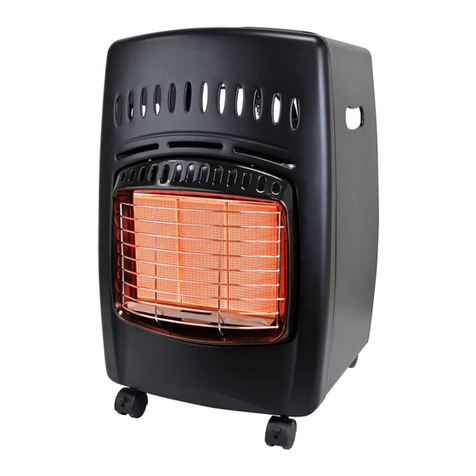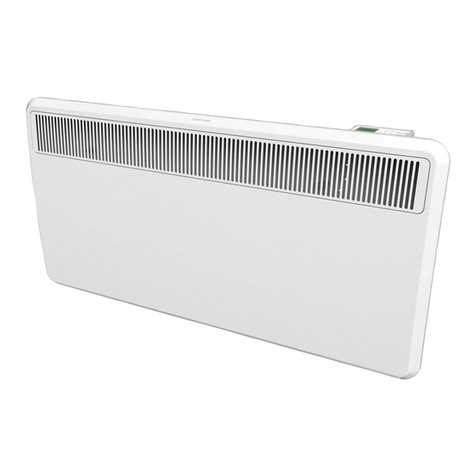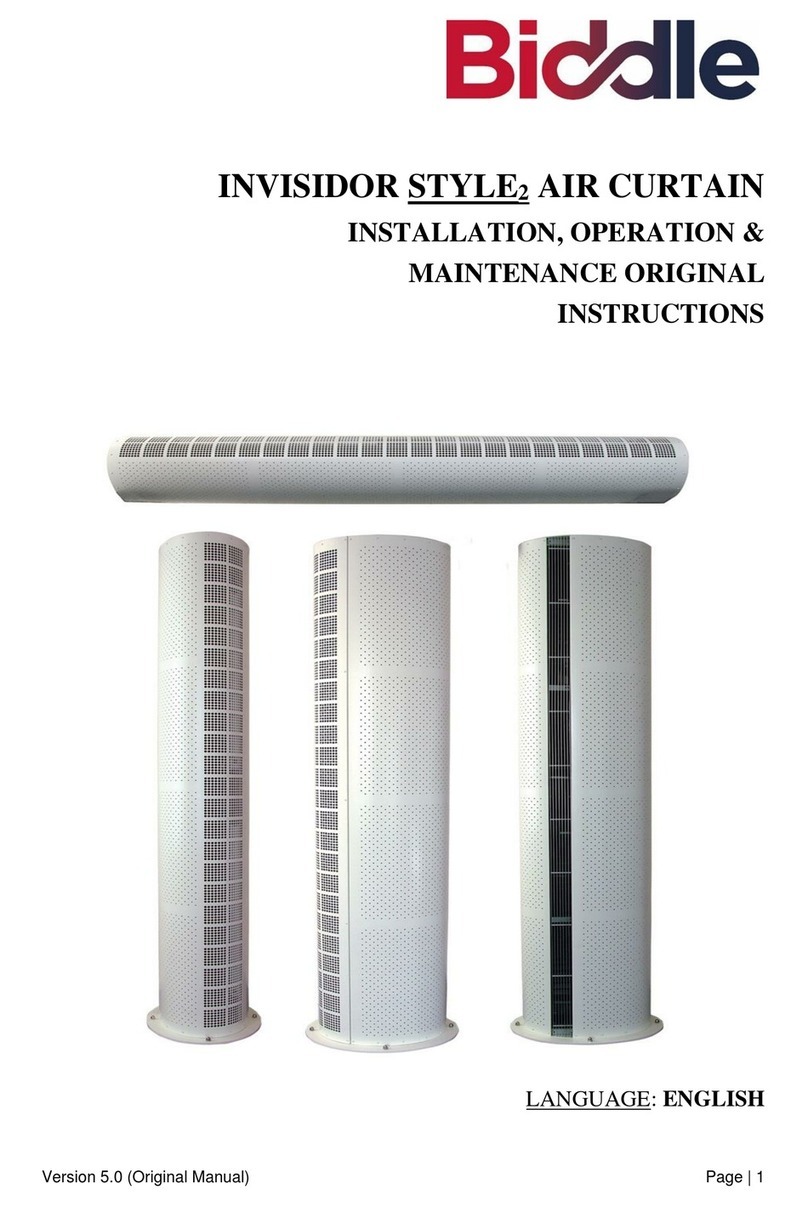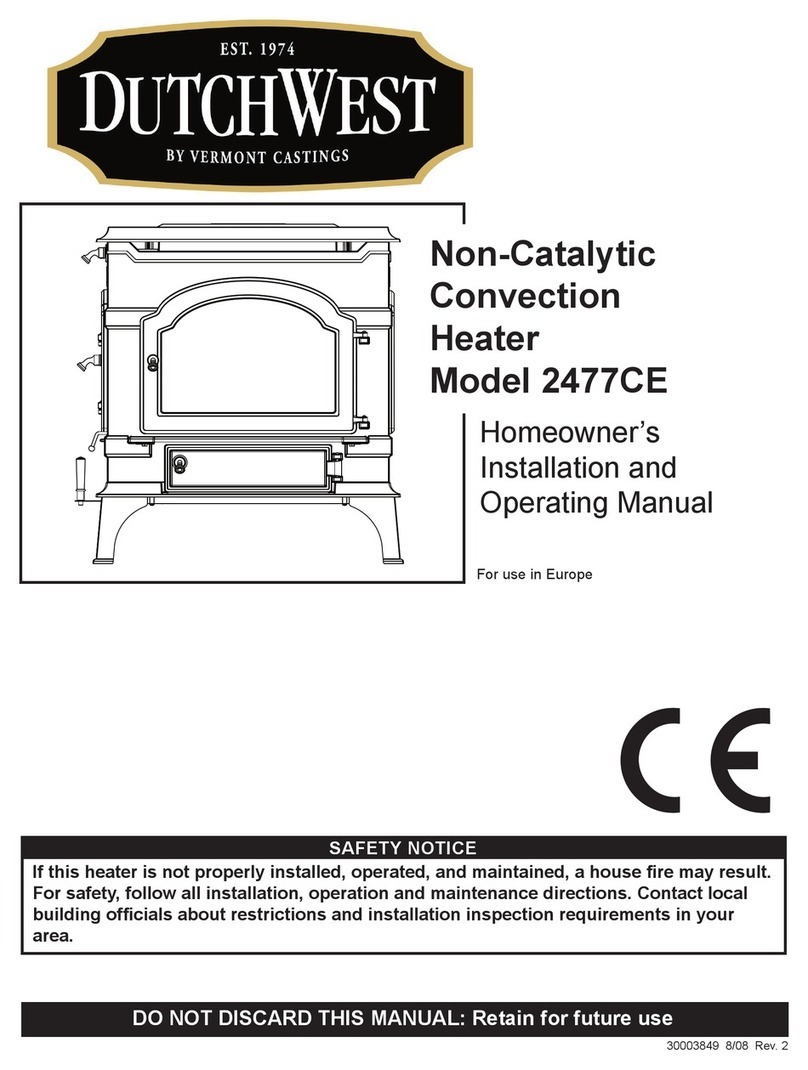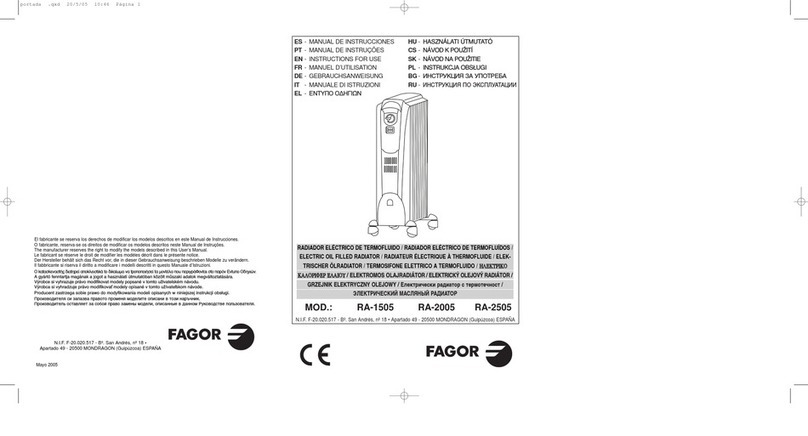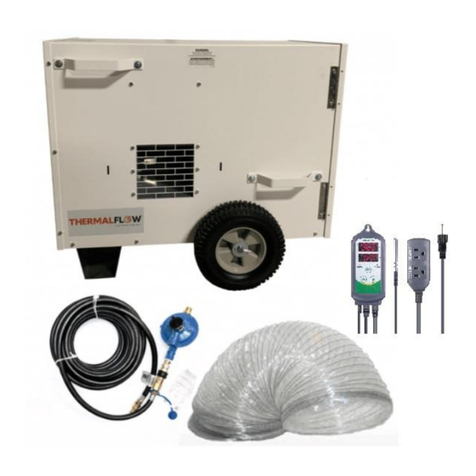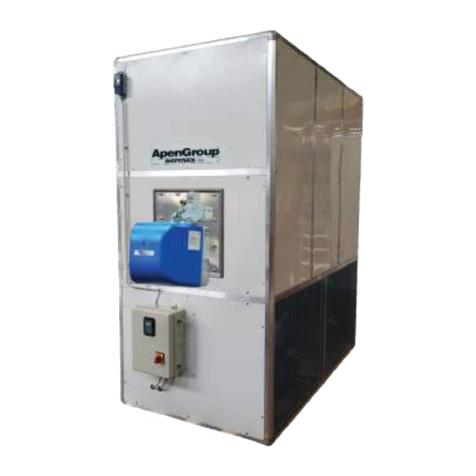
Leak Detection
General
The information in this section is intended to convey
a general method of leak detecting that should be
used to enhance the usefulness of a leak detector
being used in accordance with operator’s instructions
provided by the manufacturer. No technician should
attempt to perform leak detection without reading and
understanding the owners manuals for the tools
being used, and should expect to review those ins-
tructions from time to time, to ensure the proper
method continues to be used. The process described
here was developed using the published list of re-
commended tools and warranty evaluation guides as
a basis for the expectations for repair competence.
The only way to confirm that a refrigerant leak exists
is by finding a failed or damaged component. A UV
flashlight and goggles can be used to provide an in-
dication of a leak, but a approved electronic leak de-
tector must be used to confirm the existence of a
leak, and approximate the leak rate. The connections
used for A/C refrigerant are intended to seal properly,
but given the high level of sensitivity provided by cu-
rrent leak detecting equipment, the detector may indi-
cate a leak even though the connection meets the
design specifications. To balance this, the "Accepta-
ble Leak Rates by Component" table in Specifica-
tions contains the qualifying leak rates for the com-
ponents used on P2 vehicles. The leak rates, in oz/
yr, correspond to the sensitivity values required for all
detectors that meet the SAE J2791 functional specifi-
cations. By switching between the sensitivity levels, it
is possible to discern between leaks of varying sizes
and qualify each potential leak. It is expected that a
leak rate relates to each component, as it arrives at
the factory, but the Mini-Statoseals that connect the
components together are specified separately. Addi-
tionally, due to the possible difficulty of distinguishing
between two minor leaks at a multi-port connection,
the leak rate for two Mini-Statoseals should be consi-
dered a condemning value if it is not completely clear
which seal is leaking.
Method
IMPORTANT: The refrigerant system should be
warmed up from completion of the initial inspec-
tion, but the engine is off.
IMPORTANT: Refrigerant oil residue on a part
may be an indication of a refrigerant leak in that
area, but it is not an acceptable method of de-
termining if a part is defective.
1. Shut down the engine.
2. Before testing for compressor leaks, blow shop
air near the compressor shaft seal to clear any
refrigerant that may have collected.
3. Install caps before testing the service ports.
4. Minimize the amount of wind blowing through the
test area, as this will make small leaks harder to
find.
5. Set the detector on the most sensitive setting.
6. Start at a point along the refrigerant loop, and
methodically follow the refrigerant path, test all
around O-ring connections and crimped ends
until you reach the starting point.
7. When the detector indicates a suspected leak,
move it away from the suspect area, then re-
check to the location after the detector has clea-
red.
•If the detector continues to indicate a leak,
adjust the sensitivity of the detector to
match the designed leak specifications
shown in "Acceptable Leak Rates by Com-
ponent" Table, in Specifications, and re-
test the suspected area to confirm the leak.
•Mark any confirmed leaks, then change the
sensitivity back to high and continue chec-
king the system.
8. After the entire system has been checked, reco-
ver the refrigerant, investigate each leak point to
determine what component failed, and how, then
repair leak.
9. Recharge the refrigerant system, then use the
electronic leak detector to confirm that each con-
nection opened during the repair is sealed within
the design specifications provided in the "Accep-
table Leak Rates by Component" table in Speci-
fications.
Sanden Compressor Testing,
Pressure or Pumping Test
NOTE: This test is meant to be performed after
a failure has been repaired, which may have
Heater and Air Conditioner Troubleshooting
83.00
Refrigerant System Tests
122SD and Coronado Workshop Manual, Supplement 9, June 2014 320/3

